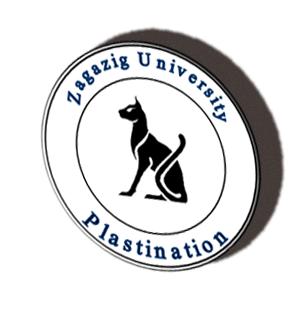

 |
 |
|
International Symposium on Plastination 07/21/07 |
| brochure | |||
|
|
Lecture 4
Scientific Potential of Plastination and High-Tech Equipment
M.-C. SORA*, Plastination Laboratory, Department for Systematical Anatomy, Centre for Anatomy and Cell Biology, The Medical University of Vienna, Austria, Europe. To evaluate the scientific impact of plastination the New Plastination Index-Online (http://www.uqtr.ca/plastination/) is a helpful tool. During the years 1978-2005 a total number of about 1100 publications have been published in more than 180 scientific journals and books. Most of the 553 original articles in peer-reviewed journals, 429 communications at scientific congresses, and 87 other articles deal with plastination technology, teaching, public exhibition and ethics, and sectional anatomy The plastination method with the highest educational value is the most widely used silicone procedure. The sheet plastination techniques have the highest scientific impact in both scientific teaching and research in sectional anatomy. The scientific application of sheet plastination usually requires high-tech equipment such as equipment for special staining techniques (plastination histology) and slicing devices before impregnation (ultra low temperature deep freezers, stainless steel band saws, and rotation meat slicers) and after impregnation (diamond band and diamond wire saws). One major application of sheet plastination is the study of tissue patterning, because the delicate structures particularly of connective and muscular tissue are easily damaged or altered during dissection and histological examination is limited by the sample size. Sheet plastination on the one hand does not destroy the tissues and on the other hand the sample size is not limited like in histology. Thus, sheet plastination offers a new approach to study tissues at both macroscopic and microscopic levels and thus, provides a tool to close the gap between macro- and microstructure.
|
||

This site was last updated 08/10/06